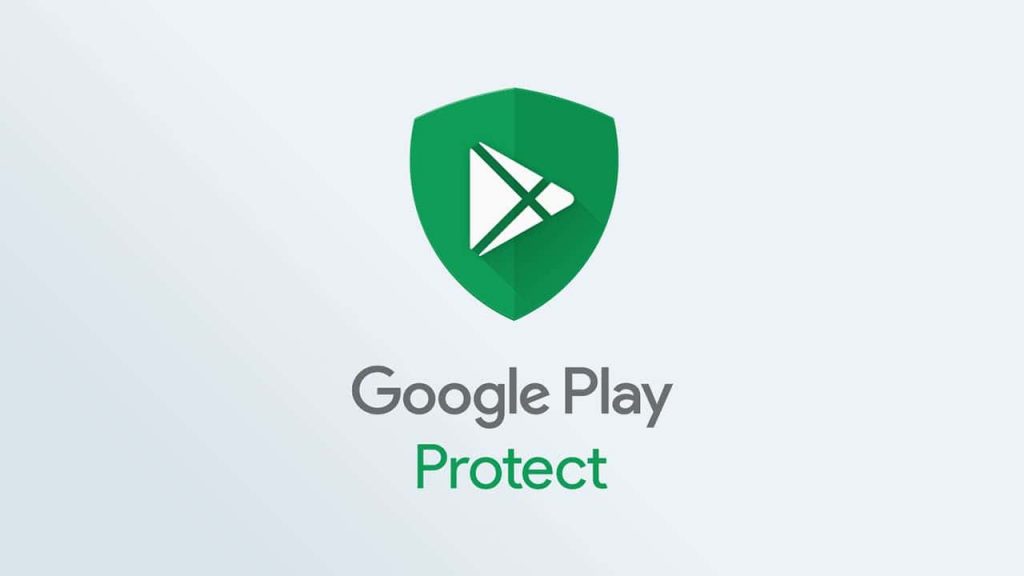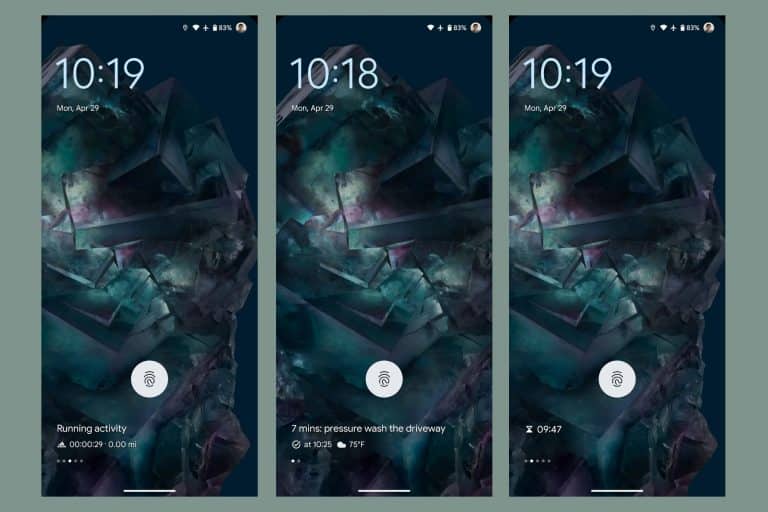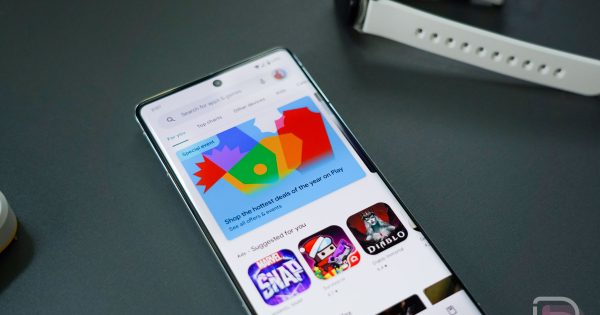Google Play Protect, the built-in security system for Android devices, is receiving a significant upgrade with the introduction of application quarantine. This innovative approach to malware defense offers a more nuanced way to handle potentially risky applications, enhancing user safety without resorting to immediate deletion.
Google Play Protect Strengthens Android Security with App Quarantine
Understanding App Quarantine: A Balancing Act
Traditionally, when Play Protect identifies a potentially malicious app, it presents users with the option to uninstall it. While this method is effective in eliminating threats, it can be inconvenient, especially if the app’s legitimacy is uncertain. App quarantine addresses this by creating a state where the app is essentially rendered inert, preventing harm while allowing users to retain the application for potential future use.
How Does App Quarantine Work?
Quarantined apps remain visible within the app drawer, serving as a constant reminder of their restricted status. However, attempting to launch a quarantined app will result in a message indicating its unavailability. This serves as a clear notification to the user that the app is currently considered risky.
Behind the Scenes: Restricted Functionalities
Drawing parallels to functionalities disabled by Digital Wellbeing, quarantined apps become severely limited in their capabilities. They are unable to:
- Display notifications: Users won’t receive any alerts or updates from the app.
- Open windows or interfaces: The app cannot launch or run in the foreground.
- Utilize background services: Any background processes associated with the app are halted, preventing them from running silently.
- Access system data: The app can’t access sensitive information on the device.
Essentially, a quarantined app becomes a dormant entity, unable to interact with the system or pose a potential threat.
The Decision-Making Process: When Does Quarantine Occur?
So, currently, the specific criteria used by Play Protect to trigger app quarantine are unknown. It’s likely that Google will employ a combination of factors, including:
Gizchina News of the week
- Detection of outdated or vulnerable libraries within the app’s code.
- Suspicious app behavior patterns that deviate from expected norms.
- User reports or negative app reviews highlighting potential malware activity.
The specific thresholds for triggering quarantine remain unclear, but it’s evident that Google aims to prioritize user safety while offering flexibility.
Benefits and Considerations of App Quarantine
So, app quarantine offers several advantages:
- Enhanced Security: By isolating potentially risky apps, users gets protection from potential harm.
- User Control: The option to remove the app from quarantine allows users to make informed decisions based on their own risk assessment.
- Preserving Functionality: This method avoids unnecessary app deletion, potentially safeguarding legitimate applications flagged due to false positives.
However, some considerations remain:
- Transparency: Users require clear communication regarding the reasons behind app quarantine to make informed decisions.
- Accidental Quarantine: The possibility of legitimate apps being quarantined necessitates a straightforward appeal process.
- Long-Term Storage: The impact of quarantined apps on device storage space needs to be addressed.
The Future of App Quarantine
While the official release date for app quarantine remains unconfirmed, its initial appearance in the Android 14 Developer Preview suggests its potential inclusion in future Android versions. As Google gathers user feedback and refines its algorithms, app quarantine will become a valuable tool within the Play Protect arsenal.
Conclusion
So, app quarantine represents a significant leap forward in Android security. By offering a nuanced approach to handling potentially malicious applications, Google empowers users with more control over their devices. The ability to isolate suspicious apps while retaining access provides a valuable layer of security that prioritizes user choice. As app quarantine evolves and integrates seamlessly into Play Protect, Android users can expect a more robust and user-friendly security experience.
Via: gizchina.com









